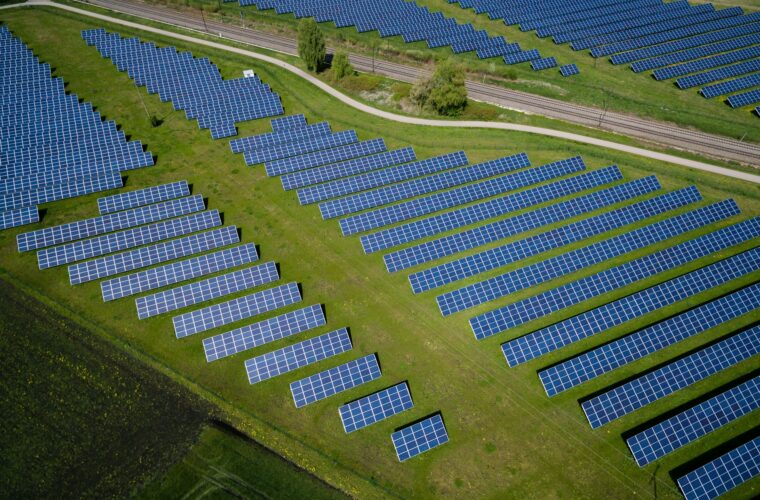Marine algal biofuel is considered a promising solution for energy and environmental challenges. All macroalgae have biomass that has the potential for bypassing the shortcomings of the first and the second generation of biomass gained from food crops and other sources. In general, macroalgae contain high levels of carbohydrates and have very little to no lignin, which is common for terrestrial plants.
This makes them a very promising source for liquid biofuel production via bioconversion. Scientists agree that macroalgal biomass can undergo fermentation and other processes in order to be effectively used for potential bioenergy production. While seaweed farming is considered eco-friendly in many ways, these strategies come with its own set of problems and obstacles.
Seaweed farming
So far, seaweed farming has been used primarily as a food source. This is particularly the case in Asia, while in recent years, it made its way to Europe and the US.
Seaweed farming can be divided into two categories: artificial culture and mariculture. Artificial culture requires cultivating seaweeds in a controlled environment, while mariculture uses the natural habitat of shallow lagoons as the perfect place for seaweed beds.
However, recent scientific research has shown that seaweed farming can be much more than just a food source. Currently, bioenergy is produced from various sources like corn and wood. But this takes a lot of space, resources, energy and creates a lot of pollution problems. Seaweed, or macroalgae farming, is considered to be the least environmentally damaging form of aquaculture. It requires little to no input of fertilizers, fresh water sources, medicines, and does not cause any major physical alterations or pollution of the environment.
Companies at the forefront of this idea view oceans as largely untapped resources and potentially a much better source of renewable bioenergy. The general idea behind seaweed farming is to use what is already there. The ocean is vast and will not compromise the needs of the population. Once harvested, the scientists can use various chemical processes to produce biogas, ethanol, and other forms of energy.

“seaweed farming has been used primarily as a food source” – Photo by Valeria Boltneva from Pexels
Bioenergy conversion
The conversion of macroalgae to bioenergy can be divided into two processes: thermochemical or dry and microbiological or wet process.
The thermochemical process uses heat to promote the chemical transformation of macroalgae biomass into energy. The microbiological process uses microorganisms to make or modify biomass to produce bioenergy. Once harvested, seaweed has to go through several other processes like direct combustion, pyrolysis, gasification, trans-esterification, hydrothermal liquefaction, saccharification, and fermentation in order to be converted to biofuel. To determine the yield and the properties of biofuel that is produced, it is important to know the chemical composition of macroalgae, the pre-treatment method used, conversion conditions and the characteristics of microbes involved.
Since macroalgae are rich in carbohydrates, this makes them most suitable for biogas, biobutanol, and bioethanol products. Furthermore, it is easy to examine the content of macroalgae for triacylglycerol, which is the best indicator for the suitability of the algae for biodiesel production. Macroalgae come with a high conversion rate and high percentage of fatty acids, which makes them a perfect candidate for producing bioenergy. However, some algae may also have a high concentration of metal, sulfur, and nitrogen, which may catalyze the process. So far, scientists have successfully farmed seaweed in shallow lagoons. Sadly, it produced very little bioenergy, and the harvesting took 2 to 3 months.
Problems associated with producing bioenergy with seaweed farming
To produce enough bioenergy, large-scale farming is needed. The problem experts are facing right now is that large seaweed beds will occupy the extensive marine area and can potentially alter natural habitats. There is also the problem of light, nutrients, carbon, and kinetic energy absorption in deep dark parts of the ocean. All components are required for successful seaweed farming. While technology is being developed, concerns are raised regarding the effect on many components of natural communities like bacteria, fish, macrofauna, and corals. This is why the construction of large and complex seaweed farms is still in the planning phase.
Producing bioenergy with seaweed is definitely possible. But before this turns into a viable option, further research is needed to determine how to deal with potential environmental risks associated with the development of large-scale seaweed farming.



